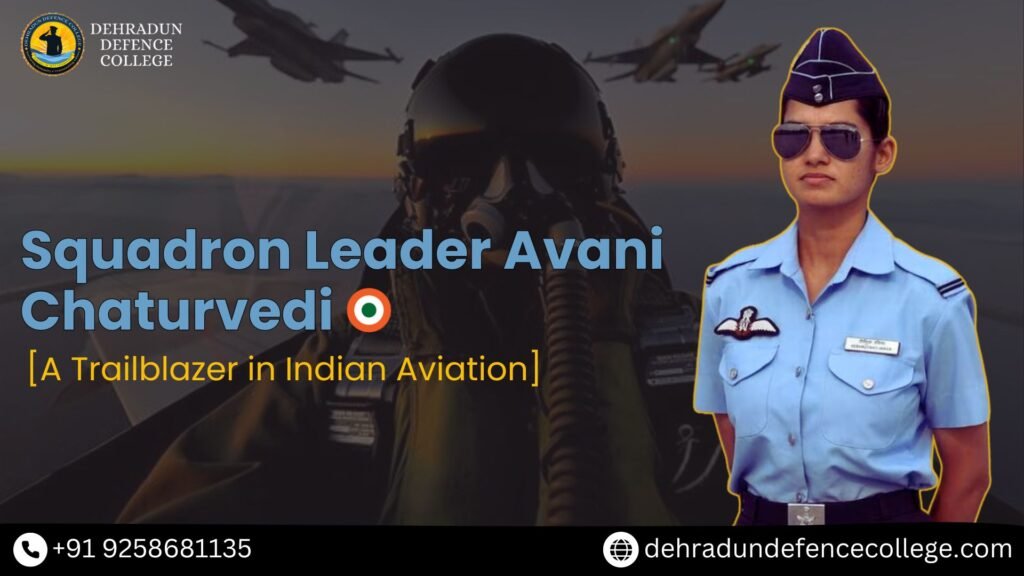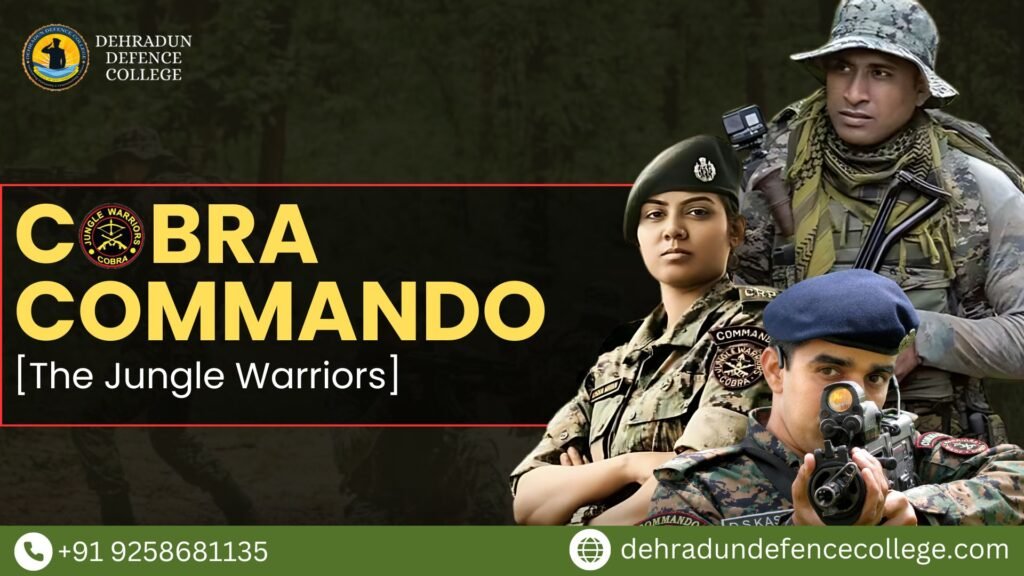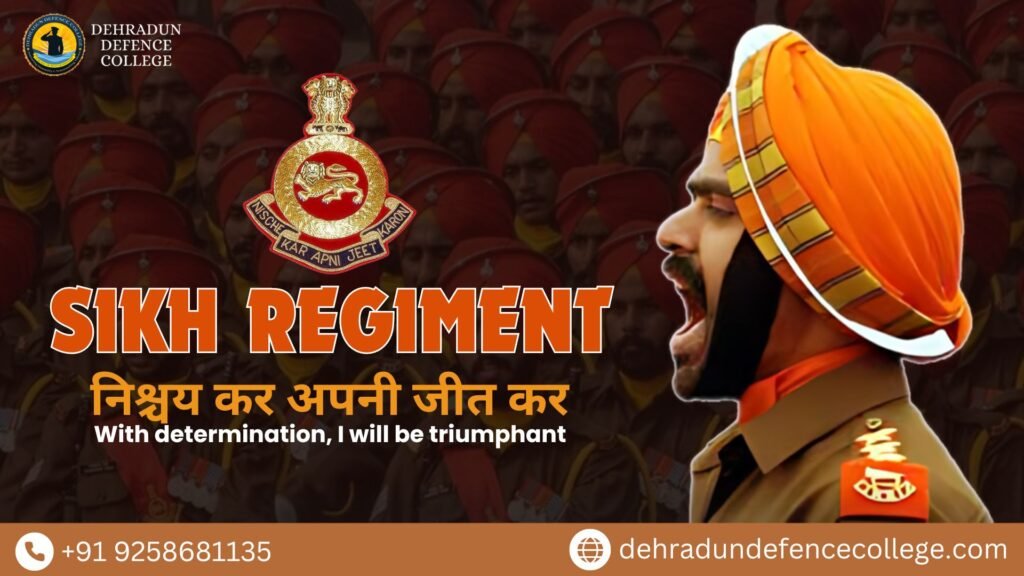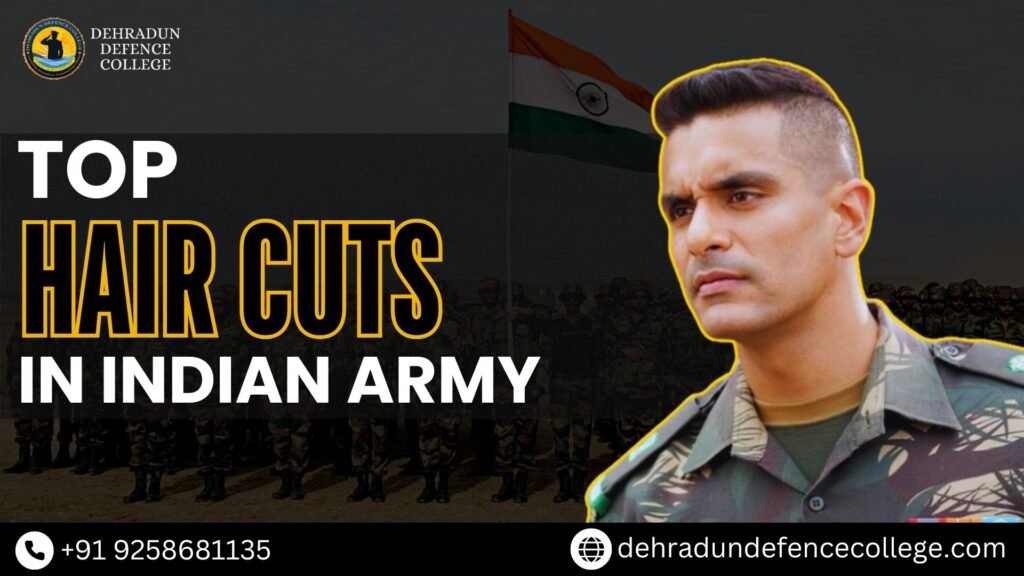INS Arihant as the Vanguard of India’s Strategic Deterrence
Introduction The Indian Navy’s INS Arihant, meaning “Slayer of Enemies,” is a formidable asset in India’s defense arsenal and a crucial element of its nuclear triad. This nuclear-powered ballistic missile submarine (SSBN) represents a significant leap in India’s maritime capabilities and strategic deterrence. Development and Commissioning of INS Arihant The development of INS Arihant was part of the Advanced Technology Vessel (ATV) project, which began in the late 1980s. This ambitious project aimed to end India’s reliance on foreign nations for strategic defense technology. INS Arihant was officially launched on July 26, 2009, commemorating the tenth anniversary of the Kargil War, and it was commissioned into service on August 2016. The submarine was built at the Ship Building Centre (SBC) in Visakhapatnam, with the collaboration of the Defense Research and Development Organization (DRDO), the Department of Atomic Energy (DAE), and various other Indian agencies and private sector firms. The success of INS Arihant’s development underscored India’s growing indigenous capabilities in nuclear and submarine technology. Technical Specifications of INS Arihant INS Arihant measures 112 meters in length and 11 meters in beam, with a submerged displacement of around 6,000 tons. It is powered by an 83 MW pressurized water reactor (PWR) using highly enriched uranium, enabling it to remain submerged for extended periods. The submarine’s operational depth is reported to be around 300 meters, with a top speed of 24 knots when submerged. Arihant’s armament is particularly noteworthy. It is equipped with 12 vertical launch tubes, capable of carrying K-15 (Sagarika) missiles with a range of 750 kilometers or K-4 missiles with a range of 3,500 kilometers. These nuclear-capable ballistic missiles provide India with a credible second-strike capability, a cornerstone of its nuclear deterrence strategy. Strategic Significance of INS Arihant The induction of INS Arihant into the Indian Navy marks a pivotal moment in India’s defense strategy. As an SSBN, INS Arihant enhances India’s second-strike capability, ensuring a credible and survivable deterrent against nuclear adversaries. This capability is essential for maintaining strategic stability in South Asia, particularly in the context of India’s nuclear-armed neighbors, China and Pakistan. The concept of a nuclear triad—comprising land-based missiles, air-delivered weapons, and sea-based assets—is integral to India’s nuclear doctrine. INS Arihant’s ability to remain submerged and undetected for long durations makes it a vital component of this triad, providing a stealthy and secure platform for launching nuclear missiles. Operational Challenges and Future Prospects Despite its strategic significance, INS Arihant’s journey has not been without challenges. Developing a nuclear-powered submarine involves complex technological hurdles and significant financial investment. India’s relatively late entry into this domain meant overcoming substantial expertise gaps and technological barriers. Operational deployment also poses challenges. Effective operation of an SSBN requires rigorous training of crew members and the establishment of robust command and control systems. Additionally, integrating the submarine’s operations with other branches of the military to ensure seamless strategic deterrence requires meticulous planning and coordination. Looking ahead, the INS Arihant is expected to be the first of several indigenous SSBNs in the Indian Navy’s fleet. The Indian Navy plans to commission a series of Arihant-class submarines, with INS Arighat, the second submarine in this class, already launched and undergoing sea trials. These future submarines are anticipated to have improved capabilities, including longer-range missiles and advanced stealth features. Diplomatic and Geopolitical Implications The commissioning of INS Arihant has significant geopolitical implications. It signals India’s intent to safeguard its national security interests and enhance its strategic autonomy. This development has not gone unnoticed by global powers, with India being recognized as one of the few countries possessing the capability to design, build, and operate nuclear-powered submarines. INS Arihant also contributes to India’s aspiration for a greater role in regional security architecture. As a member of the Quad (Quadrilateral Security Dialogue) alongside the United States, Japan, and Australia, India’s maritime capabilities play a crucial role in ensuring stability and security in the Indo-Pacific region. The presence of a credible sea-based nuclear deterrent reinforces India’s strategic posture and contributes to regional deterrence. Environmental and Safety Considerations Operating nuclear-powered submarines necessitates stringent safety protocols to prevent nuclear accidents and ensure the protection of the marine environment. The Indian Navy has implemented comprehensive safety measures, adhering to international standards for nuclear safety and radiation protection. The training of personnel in handling nuclear reactors and the establishment of response mechanisms for potential emergencies are critical components of these safety protocols. Additionally, the disposal of nuclear waste generated by the submarine’s reactor poses long-term environmental challenges. India must continue to develop and implement effective strategies for the safe disposal and management of nuclear waste to mitigate environmental risks. INS Arihant represents a monumental achievement in India’s defense capabilities and a crucial step towards achieving a credible nuclear triad. Its development and commissioning underscore India’s commitment to enhancing its strategic deterrence and ensuring national security in a complex and evolving geopolitical landscape. While challenges remain, the future prospects for India’s SSBN program are promising, with plans for additional submarines and advanced technological capabilities on the horizon. As INS Arihant sails the depths of the Indian Ocean, it stands as a testament to India’s technological prowess, strategic foresight, and unwavering resolve to protect its sovereignty and national interests. The submarine not only enhances India’s defense capabilities but also reinforces its stature as a responsible nuclear power committed to maintaining regional and global peace and stability.
INS Arihant as the Vanguard of India’s Strategic Deterrence Read More »


















































































